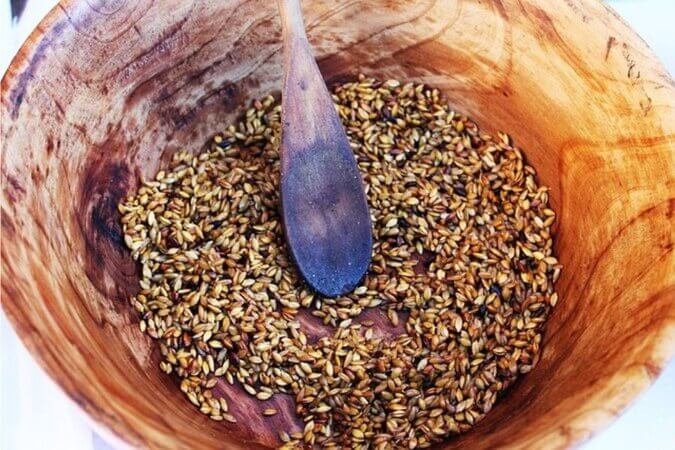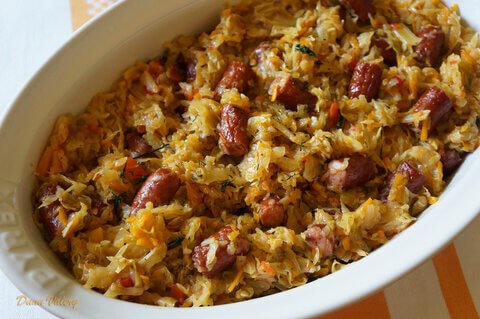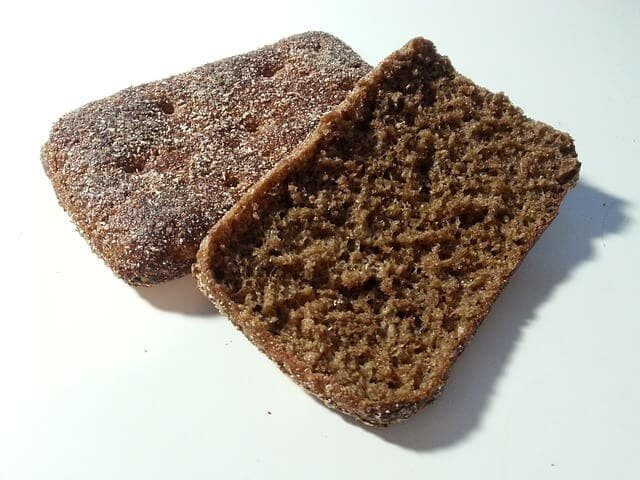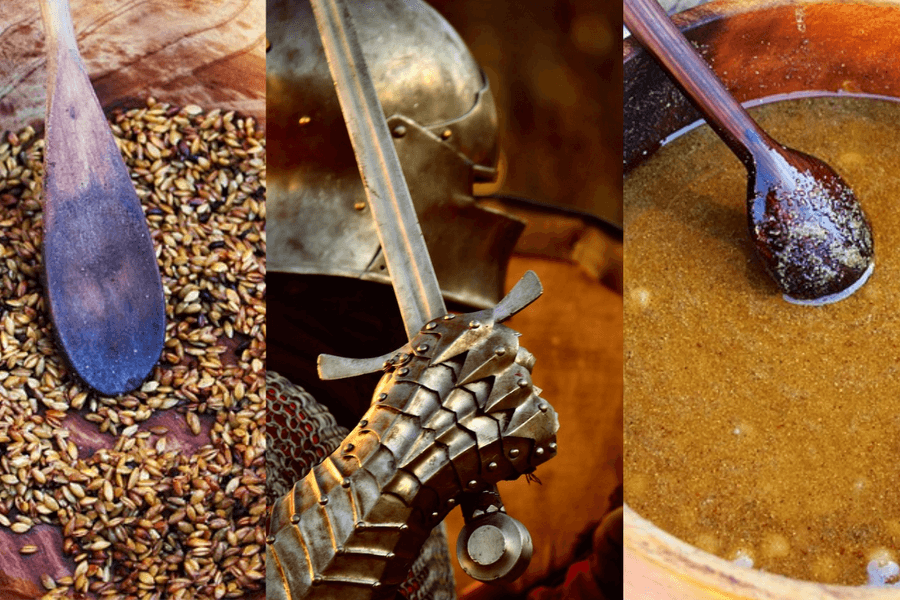This post contains affiliate links.
The Middle Ages were a challenging time for anyone with limited resources. It was an era marked by scarcity of food, disease, and famine. Looking at these Middle Ages Foods we can learn a lot from society’s very different approach to food during these times – especially if we happen to be preparing for some kind of doomsday or other survival situation.
The early medieval diet o the Middle Ages food variety was actually very limited and meat was a rare delicacy for most people. Starchy roots like turnips were often used as filler instead of meat more frequently than as an accompaniment.
These conditions led to malnutrition which created widespread frailty and illness among the general population. However, these conditions led to new ways of preserving and adding new foods into their diets that helped them go through tough times.
Let’s have a look at some of the Middle Ages Foods the poor and rich alike were filling themselves up back then to avoid hunger and death and to learn from them to enrich our pantry with some new long-lasting foods to survive in case of a doomsday scenario.
Lamb stew
Although the meat was scarce, lamb was the most common form of meat available in the Middle Ages. It was considered more nutritious than other meats and was relatively cheap as well.
Stewing lamb involves slow-cooking meat – usually in a large pot with a liquid like broth, water, wine, or even just a little bit of the spices that were used to season the meat. During the Middle Ages, stews were often thickened with wheat or barley flour to make the dish more hearty.
Check out this amazing ancient Superfoods book with over 126 foods that helped humanity through the worst times in history and that do not require refrigeration.

Beans and Barley: The Staple of a Medieval Meal
Another important staple o the Middle Ages Foods was beans and barley. Barley may not sound very appetizing, but for the medieval diet, it was a common part of many dishes and was used to thicken soups and stews.
It was also used to make beer and was a significant part of many diets across Europe. Barley is actually one of the best grains to add to your diet if you’re trying to get more fiber and eat foods that make you go longer without feeling hungry.
This Middle Ages food also contains many B vitamins, magnesium, and zinc. It’s high in protein and contains iron, calcium, and vitamin C. Bean barley is a simple, inexpensive dish that was probably eaten almost every day by peasants and helped them survive.
And I believe their lifestyle back then can help us preppers survive too in a crisis by having doomsday prepper supplies along with ancient foods from the toughest times in human history.

Cabbage chowder
Another important vegetable of the medieval diet is cabbage. Cabbage was a very common vegetable throughout Europe and would have been used in different ways depending on the region. It was often added to soups, stews, and baked goods. It was also used to make sauerkraut – a form that is still made today and is a great addition to any survival diet.
A good Middle Ages food for us preppers, Cabbage Chowder is often made with potatoes, clams, corn, or other vegetables – but in this version, it’s made with cabbage. It’s a simple dish that can be modified to your liking. If you want a richer flavor, add a little bit of bacon and a couple of cloves of garlic to really make it pop and have good long-term food in your pantry in Medieval style.

Dark Rye Bread
Not surprisingly, the most important of the Middle Ages Foods was bread. Bread was a staple food for most people during the Middle Ages but it was a very different type of bread from the super soft and fluffy loaves we are used to today. Cereal crops such as oats, rye, and barley were used to make bread that was much more coarse and filling.
Dark rye bread is a nutritious and filling type of bread that is still available today. It has a low glycemic index and is high in fiber. It’s high in carbohydrates and has low-fat content and low protein content, making it a great food to have when SHTF and the food supply are affected.
Cheese such as Edam, Brie, and Parmesan
One of my favorite prepper foods, these Middle Ages Foods can last for years while maintaining their nutritional value. Cheese is a high-protein food and was a common part of the medieval diet. During the Middle Ages, it was made with goat’s milk, sheep’s milk, or a blend of both.
Most cheeses were made in flat discs like the ones we are used to today. One difference is that during this period, cheese was often aged for months or even years. Brie, Parmesan, and Edam are still made in their original ways today. Brie is a soft, creamy cheese that is often served with apples. Parmesan is a hard, crumbly cheese that is usually eaten on top of pasta or salads.
Other Common Middle Ages Foods that are High in Nutrients
- Eggs.
- Nuts and seeds.
- Fruits.
- Fish.
- Legumes.
Conclusion
The Middle Ages were a challenging time for anyone with limited resources. It consisted almost entirely of gruels made from oats, wheat, or rye combined with water and salt. Dairy products were definitely a staple food that helped them go through the challenging times of that era and which can be an inspiration and help us go through similar doomsday-like scenarios and save us from hunger and possibly death.
Which of these Middle Ages Foods for preppers are you going to add to your pantry? Do you know of any similar foods from the Middle Ages that others should know about? Let’s help others go through these times by being calm and ready.
Top Product: 126 ancient Superfoods for preppers that helped humanity through the worst times in history and that do not require refrigeration.
If you want more inspiration from ancient humans check out this other blog post where I talk about more examples of foods from challenging times of our civilization.
Recommended readings:

